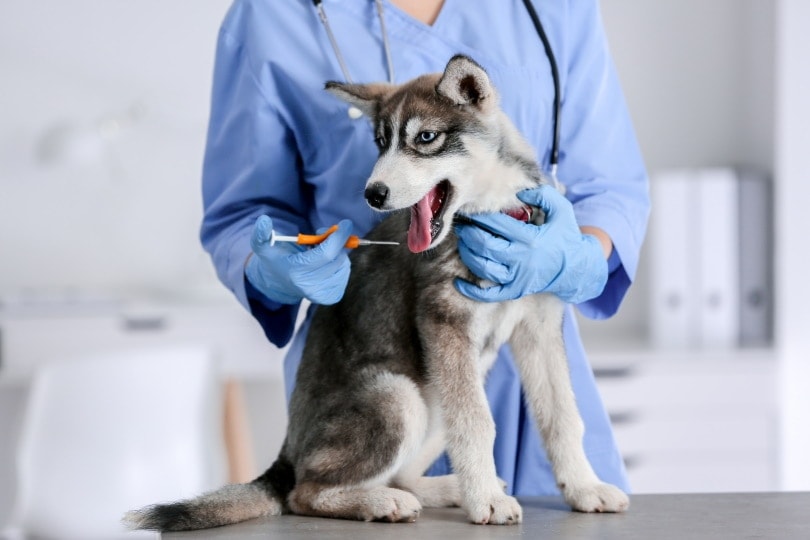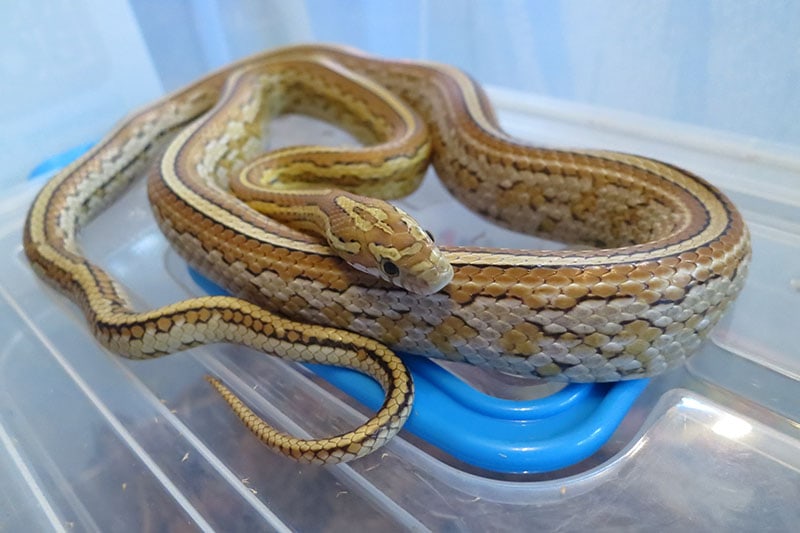VET APPROVED

The information is current and up-to-date in accordance with the latest veterinarian research.
Learn more »Click to Skip Ahead
Fleas are one of the most annoying problems you and your cat will face. Not only are fleas annoying due to their bites and the itch they cause, but they also carry or transmit several diseases, including tapeworms. Fleas can also cause anemia in kittens and weakened cats, and the transmission of “cat scratch disease” through the bacteria Bartonella henselae. For these reasons and several more, fleas need to be controlled, so they don’t affect you, your cat, and the rest of your family. One of the available ways to do this is with a flea collar.
Many cat parents have one question about flea collars: “Can I use a dog flea collar on my cat?” The answer to this question is a definitive no. Veterinarians agree that you should never use a dog flea collar on a cat as it can lead to serious consequences and, in extreme cases, the death of your cat.
If you have more questions about cats, flea collars, and preventing these nasty insects from becoming a problem, we have real-world information and advice for you below. Why can’t you use a dog collar on a cat, for example, and are all flea collars toxic for cats? Read on to find out and ensure your cat stays healthy, safe, and flea-free.

Why Can’t You Use a Dog Flea Collar on a Cat?
The chemical permethrin is the primary reason you should never use a dog flea collar on a cat (or kitten). Permethrin is the synthetic form of the natural insecticide pyrethrum, derived from the chrysanthemum plant, and is used in dog flea collars. It is considered very effective and safe for dogs at the standard doses by the Pet Poison Helpline.
The problem is that cats don’t have the natural ability to process synthetic permethrin. Exposure to the chemical can make a cat extremely ill, causing drooling, difficulty breathing, and neurological signs such as tremors and seizures. If left untreated, it can be fatal.

Can Other Dog Flea Treatments Be Used on Cats?
The best way to protect your cat from any unwanted (or deadly) side effects of dog flea products is simply not to use them. Although there might be a product or two that won’t harm your cat, the chances and risks are too high. There are, in fact, dog spot-on products that contain permethrin as well. We think you’ll agree; the last thing you want is to try a dog flea product on your cat and find out that it hurts or kills them.
Other health products for dogs, including products to control parasites, can also harm your cat. These products might not contain permethrin, but, since they’re made for dogs and dogs are usually much larger than cats, the concentration of chemicals is often far too high for your cat’s body to handle.
Again, it’s much better to err on the side of caution and only use products specifically made for cats when treating their fleas and other health-related problems.
What Are the Signs and Symptoms of Permethrin Poisoning?
Permethrin can cause a world of hurt for your kitty cat that will not be pleasant to see and hear. The signs usually start within a few hours of being exposed to the chemical and include the following:
- Ataxia, which is an inability to coordinate the body and limbs
- Tremors
- Tachycardia, which is an elevated heart rate
- Extreme salivation
- Dilated pupils
- Seizures
- Death
There’s no antidote for permethrin poisoning, only supportive care to help them clear the toxin, address their neurological signs, and support their body functions. The time between the first exposure to permethrin being eliminated from a cat’s body is 3 to 4 days. During that time, your veterinarian will administer your cat intravenous fluids and other medications.
If suitable, the vet may give a lukewarm bath to remove any permethrin from a cat’s fur and prevent it from absorbing more of the chemical through their skin. Also, your cat will be kept warm to prevent seizures and control any tremors they might be experiencing.
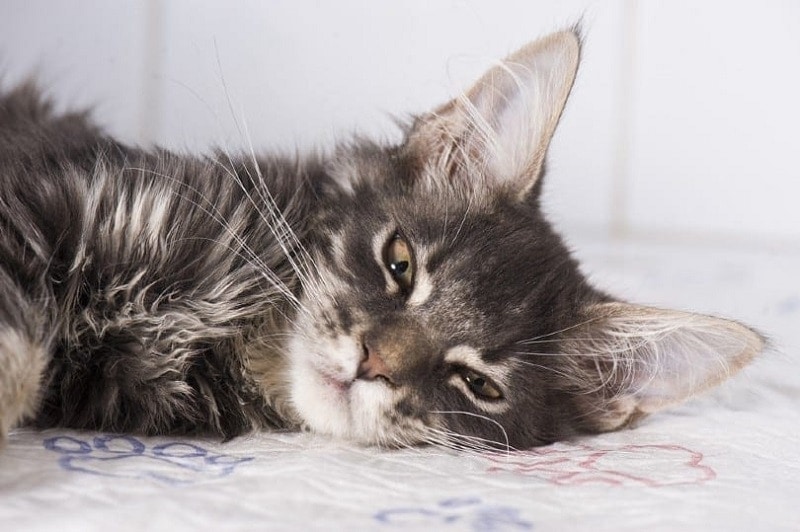
Is it Recommended to Use a Flea Collar on a Cat?
You might think that even though a dog flea collar can hurt your cat, a cat flea collar certainly won’t cause them any problems or health risks. According to veterinarians, however, flea collars for cats can also be unsafe in some situations. That’s because cat flea collars may be dangerous if your cat gets caught in a tree, branch, or fence.
Besides being unsafe for your feline, most veterinarians agree that flea collars don’t work for cats. There are several reasons, including that even the best flea collar is not as effective as other available treatments. Many vets also believe that flea collars don’t do their job, making them a waste of time and money.
TIP: How to Use a Cat Flea Collar (Instead of Throwing it Away)
If you’ve purchased flea collars and are now wondering what to do with them, here’s a tip that, according to some sources, may be worth a try; toss them into your vacuum canister. Here’s how:
- Using gloves (far away from your cat), cut a flea collar into 1-inch pieces.
- Place the pieces in your vacuum’s canister and close the canister as you normally do.
- Use the vacuum to suck up fleas after you groom your cat.
- Remove the canister and dump everything in the trash.
- Repeat with another flea collar if your cat’s flea problem returns.
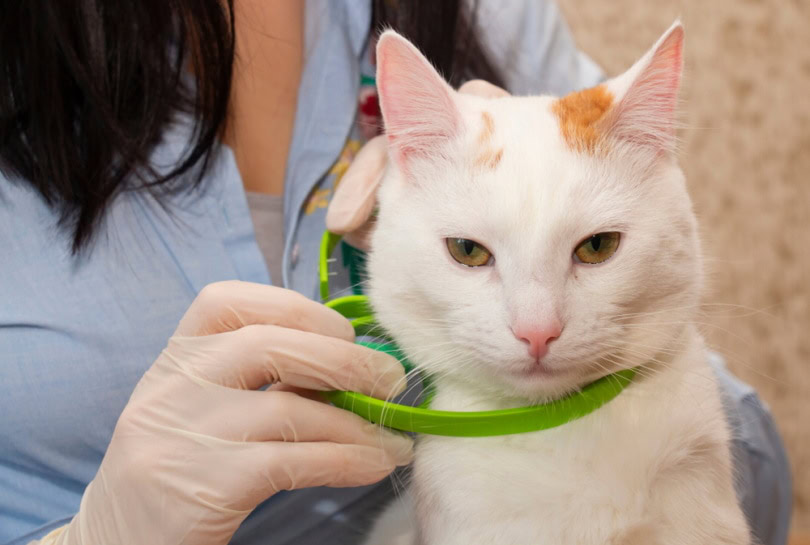
Can a Cat Wear a Regular Collar and a Flea Collar Together?
As we mentioned earlier, many veterinarians recommend against using a flea collar on your cat, because they may be ineffective and become dangerous, especially in outdoor kitties. Knowing these risks, putting a flea collar and a regular collar on your cat is also not recommended.
It can rub against your cat’s fur and skin so much that it can cause a lesion. Also, if your cat doesn’t like their collar and tries to get loose, they could get stuck in the collar and hurt themselves.

What Are the Best Alternatives to a Flea Collar for Cats?
There’s more than one way to kill a flea than using a flea collar. We listed several of the best below.
1. Topical Treatments
These are flea treatments you apply to your cat’s skin, usually at the back of their neck, where there’s very little chance they can lick it off. There are several topical flea medicines on the market, although some require a prescription from your veterinarian.
2. Oral Treatments
Usually, an oral flea control treatment is given once a month, but some fast-acting oral flea treatments can be given more often combined with other flea products to get rid of a flea infestation.
3. Comb Your Cat for Fleas Often
As well as treating your cat with an effective product, you can comb your cat with a flea comb regularly. That way, you eliminate any dead adults and notice if there are any fleas still alive.
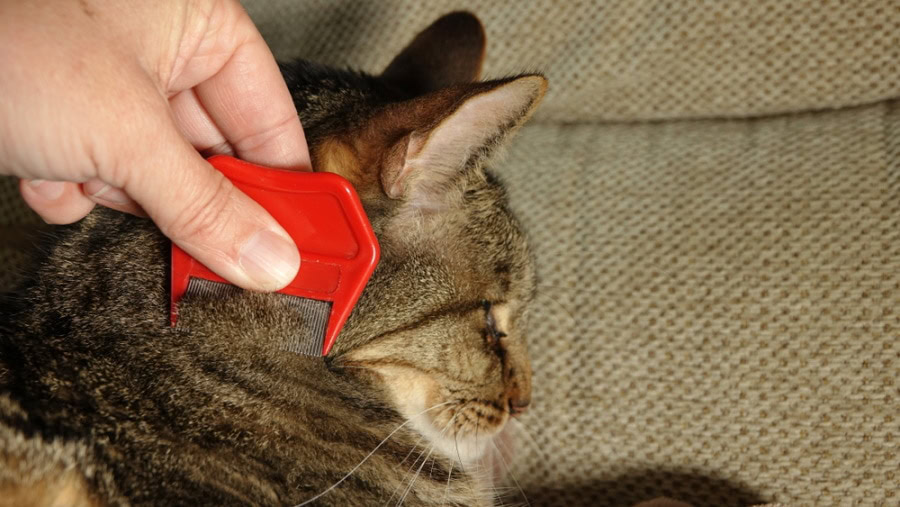
4. Keep Your Cat Indoors
While this option won’t protect your cat from fleas, it’s a good way to reduce their chances of catching fleas, while used in combination with a flea product. There are a few other things you would need to do, also. For example, if you have a dog, keeping them flea-free would be necessary. Also, ensuring your cat doesn’t have contact with other cats is vital. Even a few hours in your yard can expose them to fleas and start the infestation.
5. Reduce Fleas Outside Your Home
If yours is an outdoor cat, there are several things you can do to reduce the flea population around your home and prevent an infestation. First, purchase diatomaceous earth (DE) and sprinkle it all over your lawn and around trees, bushes, etc. Make sure to buy food-grade DE, so it doesn’t make your kitty sick. Second, contact a professional pest control company and have your yard treated.
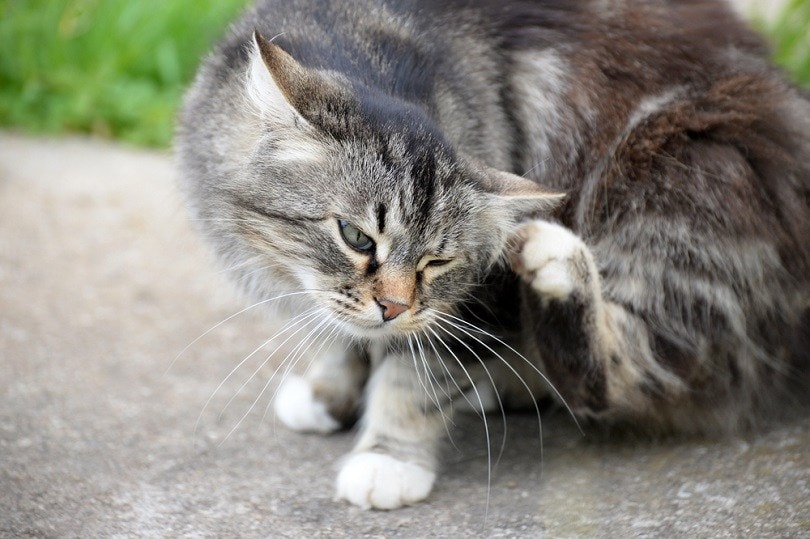
6. Vacuum and Wash Pet Equipment Often
Flea larvae and eggs can survive for a long time on other things, like your cat’s bed, the material on a sofa, or a rug. For that reason, washing and vacuuming often are essential if you have a flea problem. Wash anything your cat snuggles on with hot water and odorless laundry detergent. Also, you can put a blanket over your cat’s bed and wash that rather than their bed, which might be too big for your washing machine.
 Final Thoughts
Final Thoughts
Veterinarians agree that you should never use a dog flea collar on your cat as the chemical some collars use, permethrin can be deadly to your cat. Also, most vets agree that even a flea collar made for a cat isn’t a great idea and can often be harmful (besides, they don’t work well).
With the flea collar alternatives we’ve looked at today, you should have all the information you need to protect your cat from nasty fleas while protecting its overall health and wellness! Best of luck keeping your cat and your home free of fleas.
- See also: Can I Use a Cat Flea Collar on My Dog?
- How to Choose the Safest Flea Treatment for Your Cat | PetMD
- Flea Collars: some advice
- Fleas and flea control in cats | International Cat Care
- Why can’t I use dog flea products on my cat? | Hartz
- Is it safe to treat your cat with your dog’s flea treatment?
- Should You Use a Flea Collar on Your Cat?
- Should cats wear collars?
- Five Ways to Get Rid of Cat Fleas—Naturally
- Signs Your Cat Has Fleas | BeChewy
- What you need to know about fleas, ticks and mosquitoes — Whispering Pines Veterinary
Featured Image Credit: Gagarin Iurii, Shutterstock
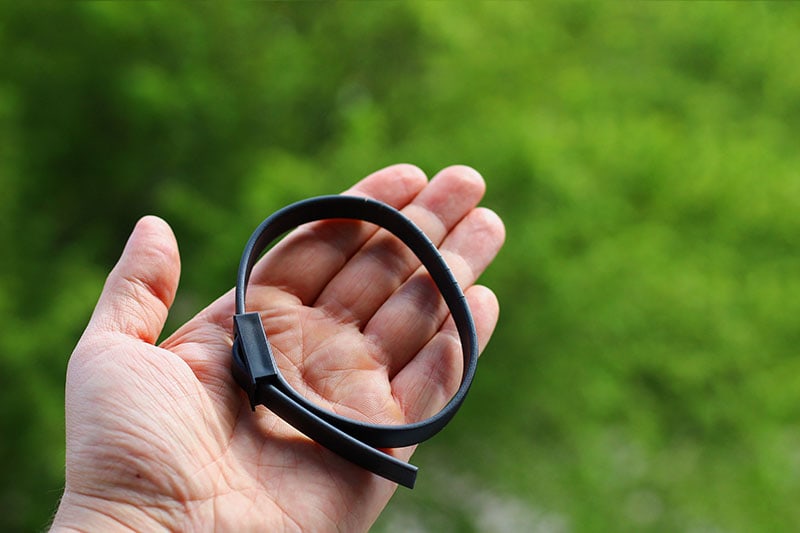

 Final Thoughts
Final Thoughts




